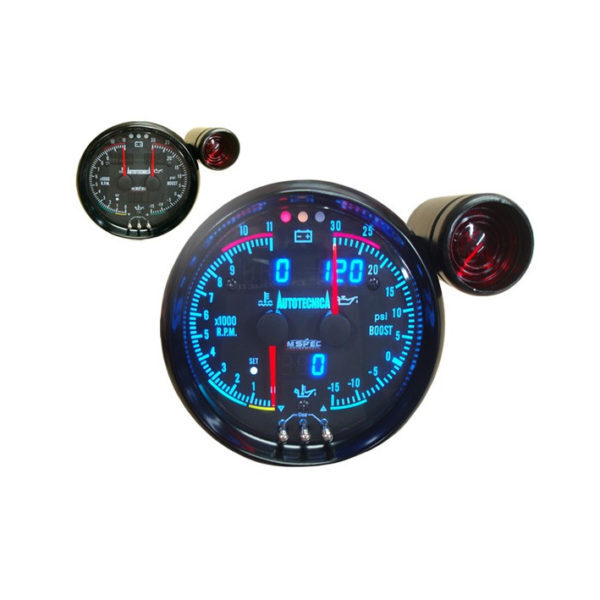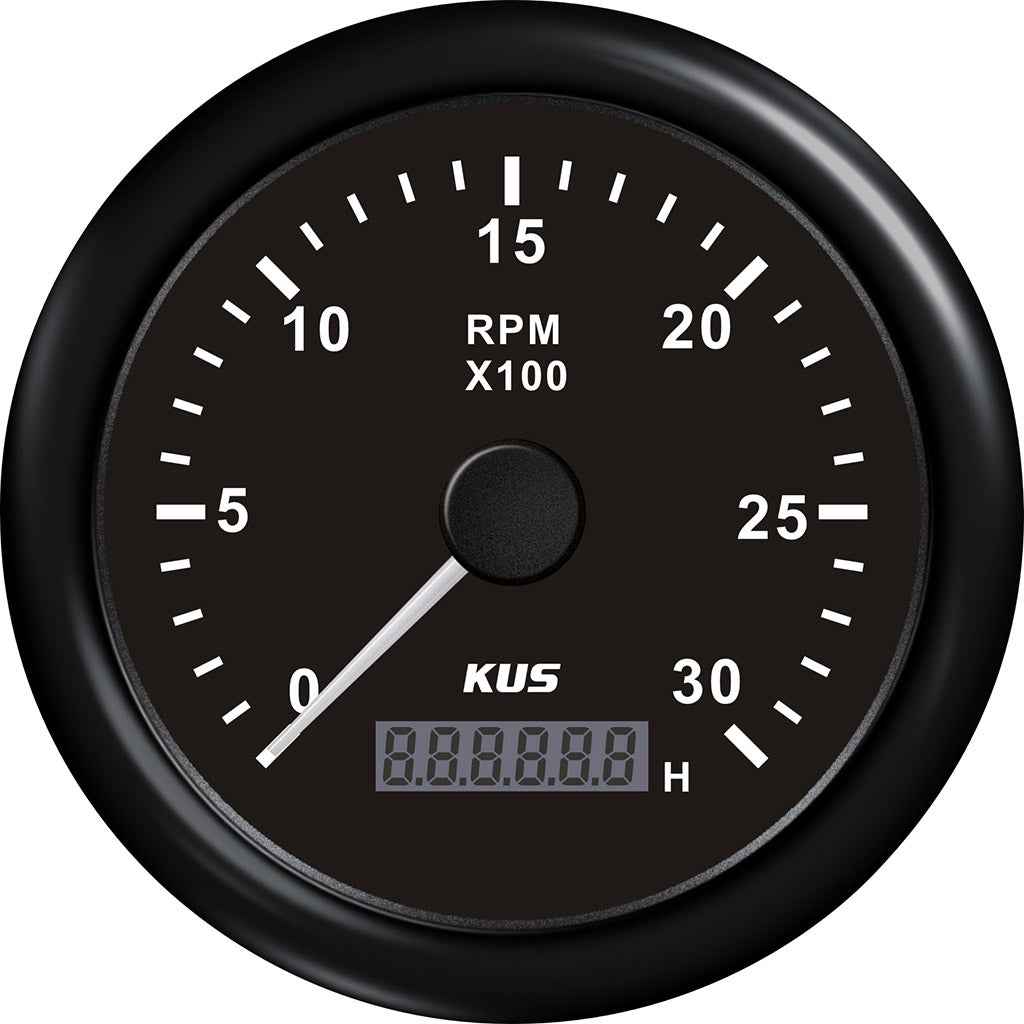The Importance of a Tachometer in Monitoring Engine Rate and Efficiency in Automotive Applications
In the world of automotive design, the tachometer stands as a crucial tool in the vehicle driver's collection, providing a direct home window right into the inner workings of an automobile's engine. Beyond its feature as a simple scale of changes per min (RPM), the tachometer works as a vital device for fanatics and professionals alike, providing real-time insights right into engine performance and wellness. Recognizing the value of this device surpasses surface-level monitorings, diving right into the intricate relationship in between engine speed, power output, and overall driving experience. As we explore the diverse duty of the tachometer in automobile applications, a much deeper recognition for its effect on vehicle characteristics and performance starts to emerge.
Value of Checking Engine RPM
Checking engine RPM, or revolutions per minute, is a critical facet of automobile upkeep and performance assessment. Engine RPM directly correlates with the speed at which the engine's crankshaft revolves, suggesting just how quickly the engine is running - tachometer. By monitoring RPM, auto mechanics can evaluate the health of the engine, spot possible issues, and fine-tune efficiency. An irregular RPM analysis might signify problems such as engine misfires, defective stimulate plugs, or issues with the gas shipment system. Consistently high RPM readings could suggest aggressive driving practices or the demand for a greater gear shift to enhance gas effectiveness.
In addition, checking engine RPM is necessary for performance assessment in racing and high-performance vehicles. In summary, monitoring engine RPM is not just vital for discovering concerns but likewise for optimizing engine efficiency in different vehicle applications.

Advantages of Real-Time Data
In vehicle applications, real-time information plays a crucial function in providing immediate understandings into the performance and condition of the vehicle. By continually keeping track of various parameters such as engine speed, temperature level, gas usage, and a lot more, real-time information supplies many benefits that add to enhanced performance and security when driving.
One significant advantage of real-time data is its capability to sharp vehicle drivers and specialists to any type of anomalies or issues promptly. This aggressive method enables quick recognition of possible troubles, permitting prompt treatments to prevent more damages or breakdowns. Furthermore, real-time data promotes efficiency optimization by offering prompt responses on driving habits and engine performance. Motorists can change their behavior in real-time based on this information to achieve better gas economic situation and lengthen the life expectancy of their lorry.

Furthermore, real-time information plays a crucial role in modern automotive diagnostics, making it possible for professionals to quickly detect and attend to malfunctions. This brings about minimized downtime, lower maintenance expenses, and ultimately, enhanced total vehicle dependability and durability (tachometer). By utilizing the power of real-time data, vehicle stakeholders can make enlightened choices that favorably influence both the performance and long life of the automobile
Influence on Equipment Shifts
The tachometer plays an important duty in enhancing equipment changes by offering real-time engine speed information to the driver. When coming close to the redline on the tachometer, it indicates the driver to upshift to protect against over-revving the engine and creating prospective damages.
Additionally, the tachometer help in achieving smoother gear transitions, especially in hand-operated transmissions. By keeping an eye on engine rate, vehicle drivers can carry out equipment shifts at the ideal RPM range, decreasing snagging activities and read more lessening wear on the transmission elements. This accuracy in equipment adjustments not only a knockout post enhances driving comfort however additionally adds to sustain efficiency.
Enhancing Fuel Effectiveness
Provided the vital role the tachometer plays in enhancing equipment shifts for efficiency and engine wellness, it straight contributes to making the most of gas efficiency in auto applications. By providing real-time responses on engine speed, the tachometer assists motorists in maintaining one of the most effective RPM array for fuel economy. When vehicle drivers regularly keep track of the tachometer and adjust their motoring practices as necessary, they can avoid unnecessary gas consumption triggered by over-revving or lugging the engine.
In addition, the tachometer aids motorists identify the most fuel-efficient equipment to be in at any provided moment, avoiding the engine from functioning harder than necessary. This is specifically critical during acceleration and cruising, where being in the ideal equipment can significantly influence fuel effectiveness. Additionally, the tachometer can signal motorists to prospective mechanical concerns that could be negatively influencing gas economic climate, such as a sliding clutch or a blocked air filter. In verdict, the tachometer works as a beneficial device in improving gas performance by advertising optimal driving practices and recognizing locations for enhancement in the car's efficiency.

Maximizing Engine Durability
The tachometer's role in monitoring engine rate and efficiency is instrumental in making sure the long life of vehicle engines. By making use of the tachometer efficiently, drivers can maximize engine durability via mindful RPM monitoring. Continually revving an engine too high can result in too much deterioration on important parts, such as the pistons, valves, and bearings. In time, this can result in decreased engine performance and potential malfunctions. Monitoring the tachometer allows motorists to remain within the suggested RPM array for their automobile, stopping unneeded stress on the engine and expanding its life expectancy.

Verdict
Finally, the tachometer plays a critical role in keeping track of engine speed and efficiency in vehicle applications. By offering real-time information on RPM, it permits efficient gear shifts, improved gas performance, and made best use of engine longevity. This tool is crucial for preserving ideal engine performance and making sure the overall capability of an automobile.